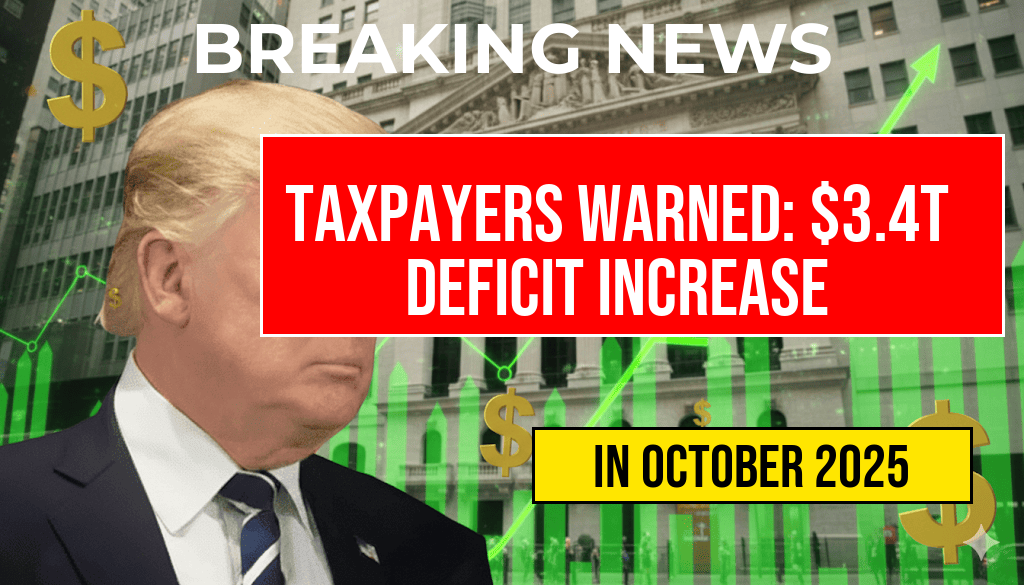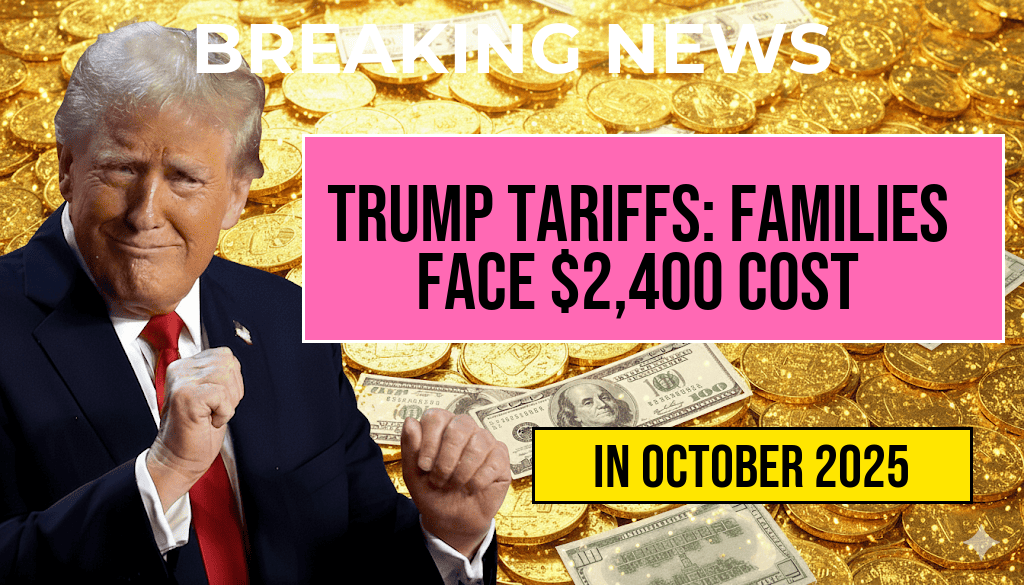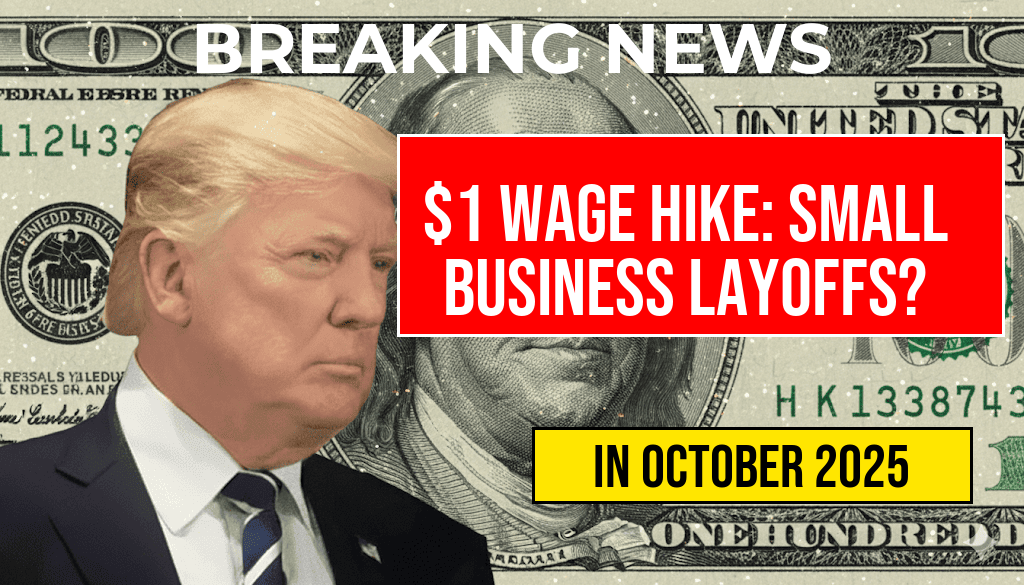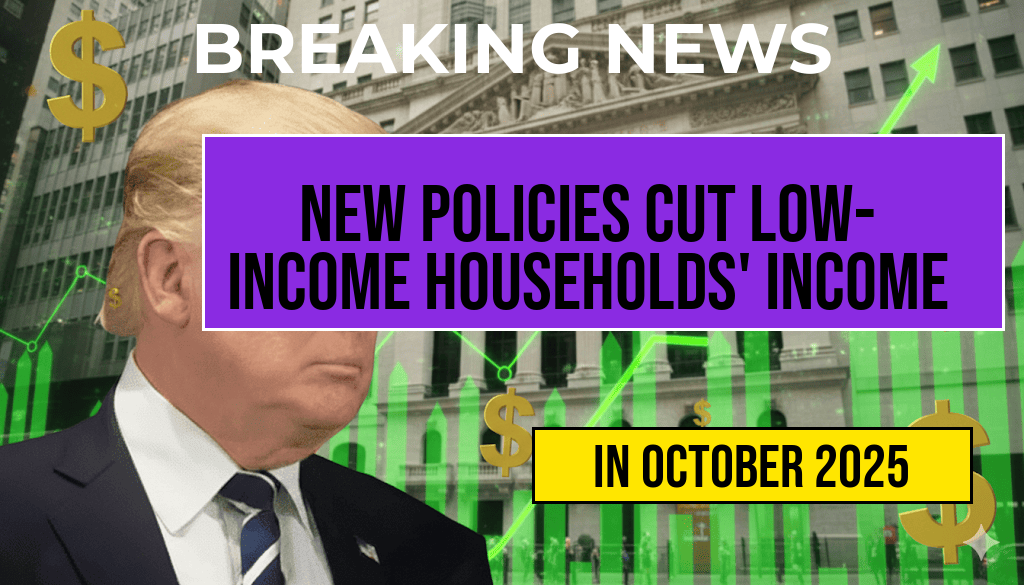The economic repercussions of the tariffs imposed during Donald Trump’s presidency continue to resonate in American households. A recent report indicates that families could face an estimated $2,400 per year in what is being termed a “Turbulence Tax.” This cost stems from increased prices on various consumer goods, a direct result of the tariffs on imports ranging from steel and aluminum to electronics and household products. As the effects of these tariffs linger, economists and families alike are assessing their influence on everyday expenses and the broader economy.
The Background of Trump Tariffs
During his time in office, former President Trump implemented a series of tariffs aimed at protecting American industries and reducing trade deficits. While these tariffs were justified as a means to bolster domestic manufacturing, they have had far-reaching consequences, particularly for consumers.
Key Tariffs and Their Impact
- Steel and Aluminum Tariffs: Imposed in 2018, these tariffs have significantly increased the cost of construction materials and manufacturing goods.
- Consumer Electronics: Tariffs on electronics imports have led to higher prices for popular items such as smartphones and laptops.
- Household Goods: Everyday items, from furniture to appliances, have seen price hikes due to increased import costs.
Understanding the ‘Turbulence Tax’
The term “Turbulence Tax” reflects the unpredictable economic climate created by these tariffs. Families are feeling the pinch as they navigate higher costs across a range of products. According to a study by the Economic Policy Institute, the cumulative financial burden on American households could reach up to $2,400 annually.
Current Economic Context
As inflation continues to affect the economy, the tariffs’ contribution to rising prices cannot be overlooked. Many families are now adjusting their budgets to accommodate these additional expenses, which can strain finances and alter consumer behavior.
Consumer Responses to Increased Costs
In response to these financial pressures, consumers are becoming more discerning about their purchases. Many are opting for generic brands or delaying non-essential purchases as they seek to mitigate the impact of these tariffs on their wallets. Retailers have also begun to adapt, offering discounts and promotions to attract cost-conscious shoppers.
Long-Term Economic Implications
The long-term effects of these tariffs extend beyond immediate consumer costs. Economists warn that sustained tariff levels could hinder economic growth and innovation within various industries. By making imported goods more expensive, tariffs can stifle competition and lead to higher prices even for domestically produced items.
Conclusion: The Road Ahead
As the nation continues to grapple with the financial aftermath of past tariff policies, the conversation surrounding trade, tariffs, and their real costs is more pertinent than ever. Understanding the implications of the “Turbulence Tax” is crucial for families as they navigate a changing economic landscape. Moving forward, policymakers and economists will need to address these issues to foster a more stable economic environment for all Americans.
| Type of Goods | Estimated Additional Cost |
|---|---|
| Steel and Aluminum Products | $800 |
| Consumer Electronics | $600 |
| Household Goods | $1,000 |
| Total | $2,400 |
For further details on the implications of tariffs, visit the Wikipedia page on tariffs in the United States for a comprehensive overview.
Frequently Asked Questions
What are the Trump tariffs and how do they affect families?
The Trump tariffs refer to a series of trade barriers imposed on various goods imported into the United States. These tariffs increase the cost of imported products, leading to higher prices for consumers. As a result, families may face a potential $2,400 ‘Turbulence Tax’ annually due to these increased costs.
What is the ‘Turbulence Tax’ mentioned in the article?
The ‘Turbulence Tax’ is an estimate of how much more families might pay as a result of the tariffs. It represents the additional financial burden placed on households due to rising prices for everyday goods, which can amount to about $2,400 per year.
Which products are primarily affected by the tariffs?
The tariffs primarily affect a wide range of imported goods, including electronics, clothing, and household items. This broad scope means that many essential products that families rely on could see significant price increases.
How do the tariffs impact the overall economy?
The Trump tariffs can lead to higher inflation as the cost of goods rises. This can reduce consumer spending power, potentially slowing down economic growth. Families may have less disposable income, which can impact various sectors of the economy.
Are there any long-term effects of the Trump tariffs?
Yes, the long-term effects of the Trump tariffs could include sustained price increases and potential trade disputes. Over time, these tariffs may alter supply chains and affect employment in industries reliant on imported goods, leading to broader economic implications for families.










